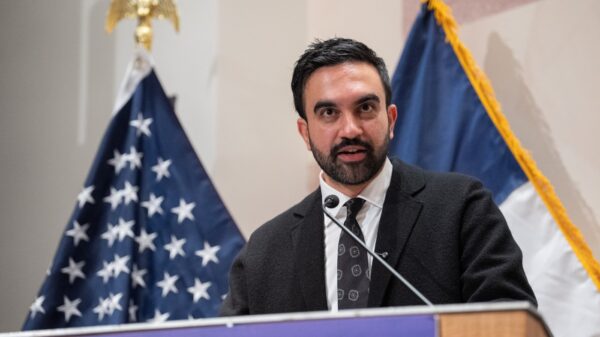UPDATE: The longest government shutdown in U.S. history has officially come to an end after an unprecedented 43 days. President Donald Trump signed a funding bill late Wednesday, allowing federal workers to return to their jobs on Thursday, January 25, 2019.
This momentous development means that approximately 800,000 federal employees who have been out of work can finally resume their duties. The shutdown has caused significant disruption, affecting various sectors including aviation, national parks, and public services. The impact on families and communities has been profound, with many workers struggling financially during this prolonged period without pay.
The government funding bill, which was passed by Congress just hours before the signing, marks a crucial turning point in this ongoing budget impasse. The shutdown began on December 22, 2018, primarily over disagreements regarding funding for a border wall. The end of the shutdown comes as relief to many who have been anxiously awaiting their next paychecks.
As federal workers prepare to return to the workplace, agencies are working diligently to restore normal operations. However, the emotional toll of the shutdown will linger, with many employees facing the reality of missed bills and financial hardship.
What happens next? While the immediate crisis is over, lawmakers still face ongoing negotiations regarding long-term funding and immigration policy. The political landscape remains tense, and further developments are likely in the coming weeks.
Stay tuned for updates as the situation evolves. This is a critical moment for federal employees and the nation as a whole, with implications that extend beyond just the end of the shutdown. The public eye will be on Congress and the White House to ensure that such a crisis does not occur again.
Share this urgent news with others to highlight the impact of the shutdown and the importance of government operations for millions of Americans.






































































